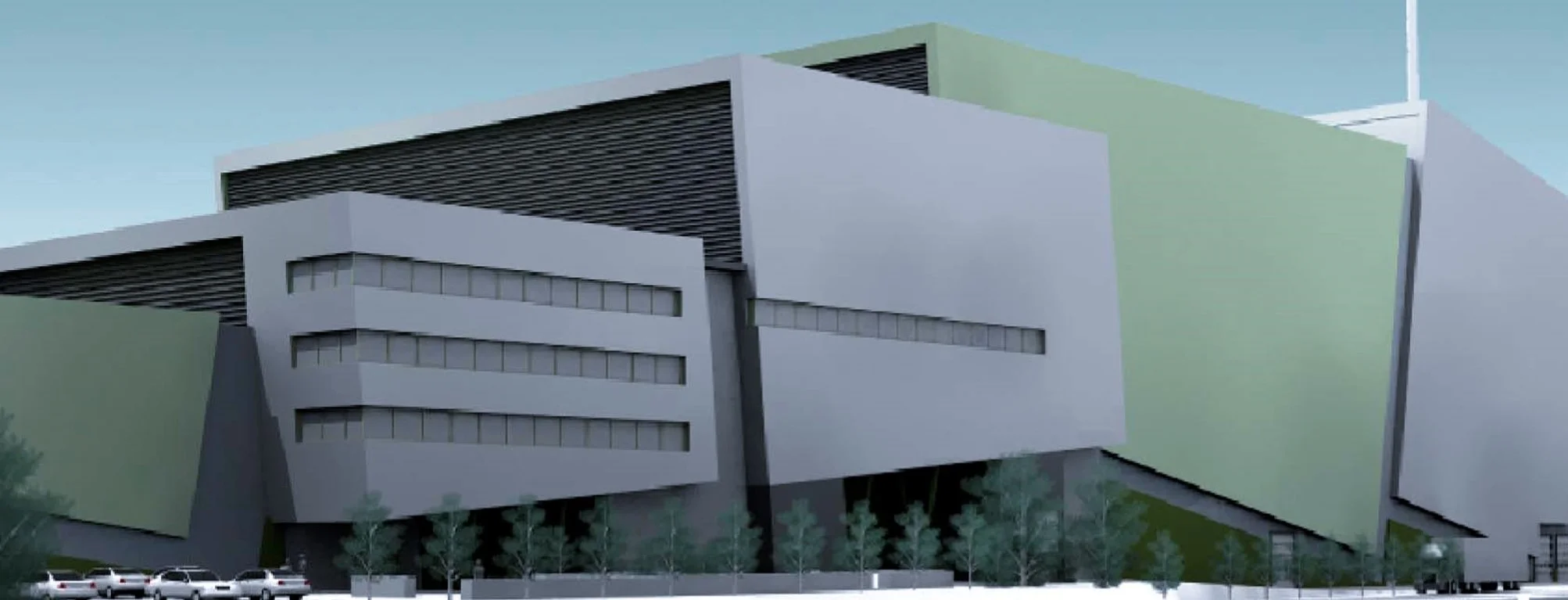Latest Developments from the Gloucestershire Energy from Waste Facility
/At the end of summer, a number of commissioning tests were successfully completed, including a site blackout test to ensure the facility can safely shut itself down in the case of mains power failure, BWV’s boiler safety checks, soot blower maintenance to clean the boiler drum tubes in the furnace, and an inspection of the steam drum, which holds the water for making steam.
Commissioning of the waste cranes that feed waste into the facility was also completed. In addition, we completed competency training to operate the cranes and the team moved into the administration block on site.
The Incinerator Bottom Ash (IBA) treatment plant also became operational, and planned maintenance activities were carried out on the flue gas treatment bag house filter, which is a filtration system for cleaning emissions, and the Emergency Diesel Generator (EDG), which shuts the facility down safely in the event of mains power failure. The air over pressurisation system, which keeps positive pressure to keep odour out of office areas, and the turbine were also successfully commissioned.
Commissioning of the rapping system, which cleans the superheated tubes within the incinerator was completed successfully, and the IBA treatment equipment was optimised for dealing with larger materials. QAL 2, the calibration of continuous emissions monitoring (CEMS) equipment, was completed and calibration factors have been inputted into the CEMS data capture software for reporting to the Environment Agency (EA). This ensures the facility is in compliance with EA standards.
BWV carried out steam blowing into the boiler to achieve a required steam quality conductivity level of 0.2µS. This ensures there is pure, demineralised water to meet steam quality for the steam turbine, which requires high quality steam so no minerals are deposited on the turbine blades, which could affect the turbine’s performance.
In September, G59 testing, which regulates the connection of a generator device to run 'in parallel' with the mains electrical utility grid, was completed successfully, meaning the facility is authorised and certified by Western Power to export power to the grid. The facility is currently generating around 18.5MW and exporting around 14.5MW of energy throughout the month, and is operating at 100% Max Capacity Rating (MCR) on waste, as planned.
The turbine was successfully tested for full load rejection, which a safety test to check it is able to shut itself down without over-speeding, and island mode. This is a functional test to confirm that the turbine will reduce load to approx. 2MW to keep the facility energised via self-generation if there is a blackout on grid.
A 42-day Trial Operation took place in the second week of September to confirm that the facility is reliable when operating. This was followed by T2S testing to ensure the facility is in compliance with the Waste Incineration Directive (WID). This requires the facility to only burn waste >850⁰C for a minimum 2 seconds, and was successfully completed towards the end of September.
At the start of October, a 72-hour performance test took place to demonstrate that we had met the contractual guarantees of the facility. A planned outage prior to operation took place for 6.5 days in mid-October. This is a normal process that takes place before the handover of any Energy from Waste facility, which carries out internal inspections of the process. With all commissioning activities completed successfully, the facility was handed over from the commissioning to the operating team on 24th October. We continue to have some ongoing minor external civil construction works.



